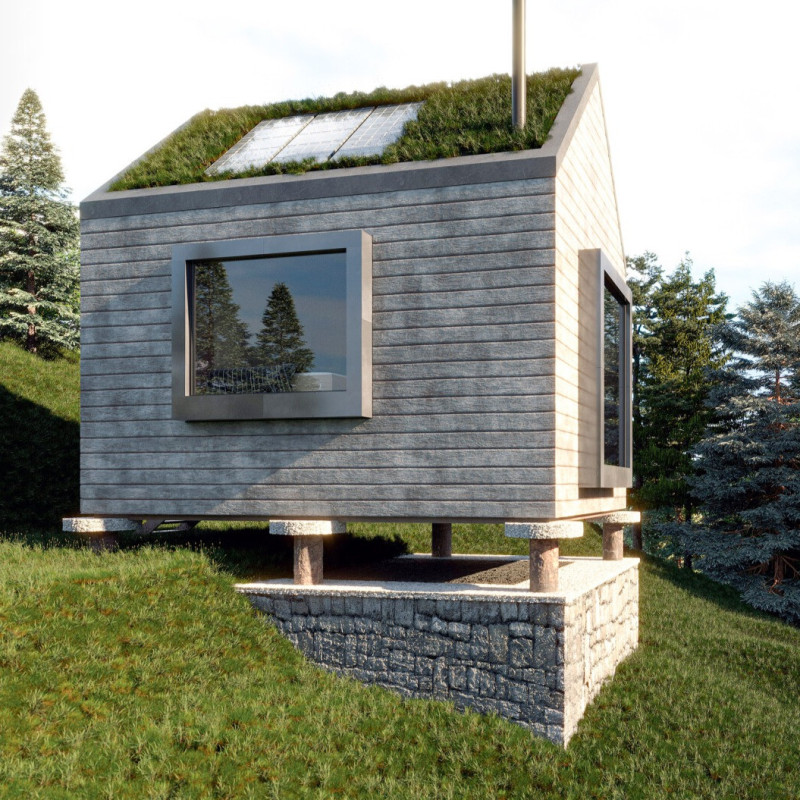5 key facts about this project
At the heart of the design lies a commitment to creating a welcoming space that encourages interaction and engagement among users. The layout is meticulously organized, prioritizing circulation and accessibility. Generous open areas facilitate movement and provide a sense of openness, allowing natural light to permeate the interior spaces. These aspects are crucial in enhancing the user experience and fostering a connection between the indoor and outdoor environments.
The materials employed in this project deserve particular attention. A combination of locally sourced timber, polished concrete, and glass creates a harmonious palette that underscores a commitment to sustainability. The use of timber not only adds warmth to the structure but also reflects a contemporary approach to traditional building techniques. Polished concrete offers durability and a modern aesthetic, while extensive glazing allows for panoramic views and a seamless transition between the indoors and the surrounding landscape.
Unique design approaches are evident throughout the project, especially in how it engages with its context. The architects have considered the geographical location and climate, ensuring that the design responds effectively to local weather patterns and environmental conditions. This attentiveness is reflected in the building's orientation, where overhanging eaves provide shade in warmer months, and strategically placed windows enhance natural ventilation. Such thoughtful strategies manifest a responsible architectural practice that prioritizes environmental sustainability.
In addition to its functional aspects, the project also serves as a cultural touchstone within the community. By accommodating a variety of activities, it fosters a sense of belonging and encourages social interaction. The design incorporates flexible spaces that can adapt to different uses, from gatherings and events to quiet work or study areas. This versatility is key to its success, appealing to a broad demographic and enhancing its role as a community hub.
Landscape integration is another notable feature of this architectural design. The exterior spaces are thoughtfully landscaped to complement the building’s form, creating inviting outdoor areas that encourage users to transition between the indoors and the surrounding nature. Native plantings and natural materials in the landscape design reinforce the project’s connection to its geographical location, creating an ecosystem that supports local biodiversity.
As one explores this architectural project further, the attention to detail in the architectural plans and sections becomes apparent. These documents reveal the intricacies behind the design decisions, from spatial relationships to material interfaces. Observing the architectural designs provides insight into the conceptual frameworks that guided the project from inception to realization.
The careful blend of functionality, sustainability, and aesthetic appeal makes this project a noteworthy example of modern architecture. It stands as a testament to how thoughtful design can lead to spaces that not only serve their immediate purpose but also enrich the lives of those who engage with them. For those interested in delving deeper into the project, exploring the architectural plans, sections, and design details will yield a wealth of knowledge about the architectural ideas that shaped this unique endeavor.


























